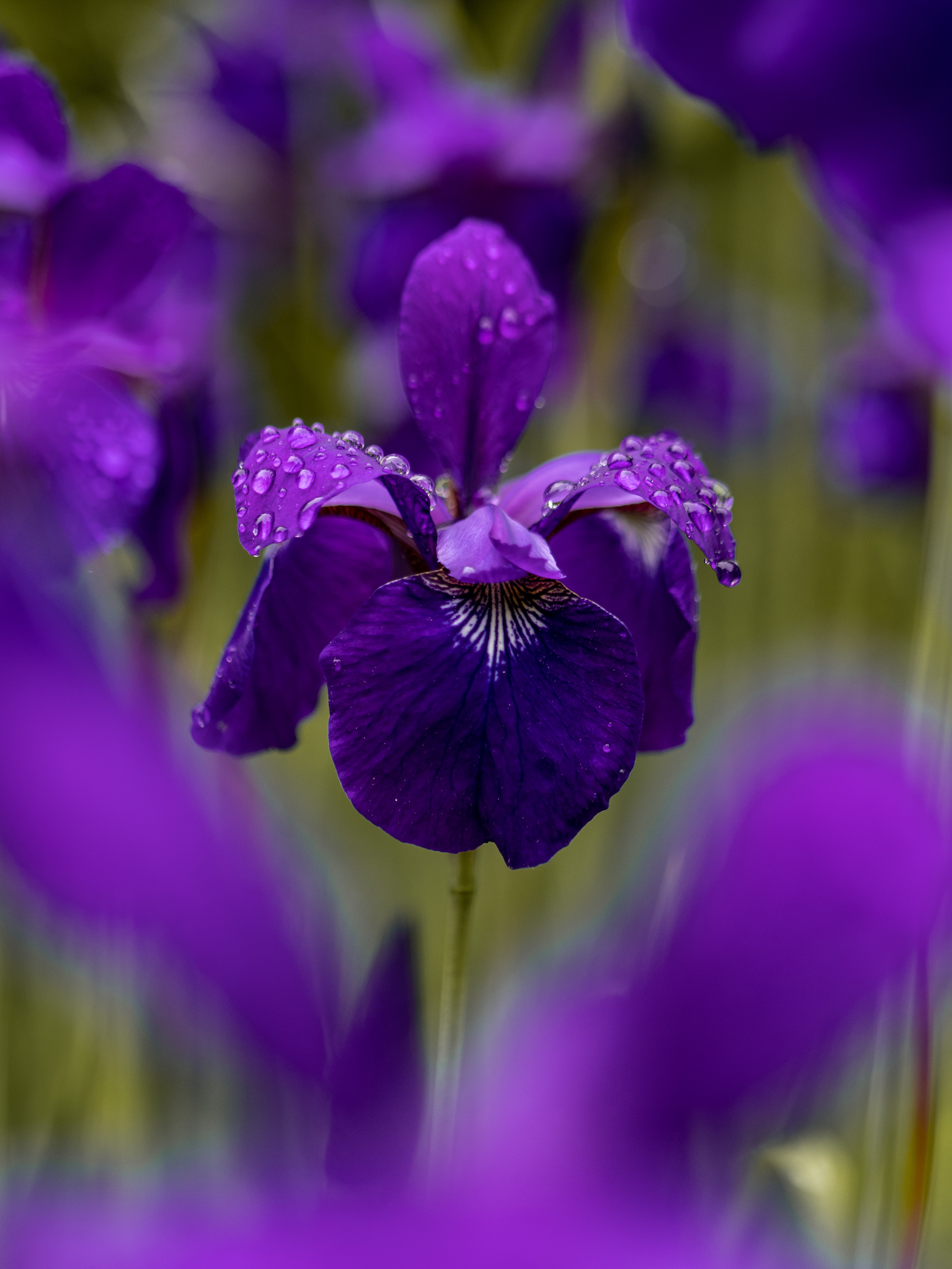Timely Garden Tips from Wild Iris Living
 How and when to cut back ornamental grasses: once they start to green up, prune them back to 4-6”, leaving a slightly domed shape vs. a flat, unattractive appearance. Some varieties may not show signs of life for another few weeks. http://gardenclub.homedepot.com/cut-back-ornamental-grasses/
How and when to cut back ornamental grasses: once they start to green up, prune them back to 4-6”, leaving a slightly domed shape vs. a flat, unattractive appearance. Some varieties may not show signs of life for another few weeks. http://gardenclub.homedepot.com/cut-back-ornamental-grasses/
Think about planting more vegetable and flower seeds than you need to hedge against climate disruption and of course, share with others!
Pollinator-attracting plants and those that host beneficial insects should be planted in mass, providing blooms late spring through fall. Hummingbirds need to see bright shades of red, purple, pink, yellow and orange from the air.
While it is too late to prune apple, pear, crabapple and hawthorn trees due to the risk of fireblight, you can still prune most ornamental and shade trees. It’s easier while you can still see their branching structure. Be sure to cut slightly outside the collar or swollen area at the base of the limb where it attaches to another branch.
If you’ll be raking up leafy debris from shrub and perennial beds, put it in your compost pile or a leaf holding bin to use as a mulch in the vegetable garden throughout the season. It can be crumbled for a perfect mulch for flower pots which can tend to dry out quickly.
Native plants range from those growing in dry, open exposed areas to those that live in wetter, often shadier, riparian areas. They are well suited to attracting native pollinators which are best adapted to the local growing season, climate, and soils.
There are a number of guidelines for when to prune shrubs depending on the reason you are pruning them, the type of shrub and timing. Visit my website www.WildIrisLiving.com for more information.


